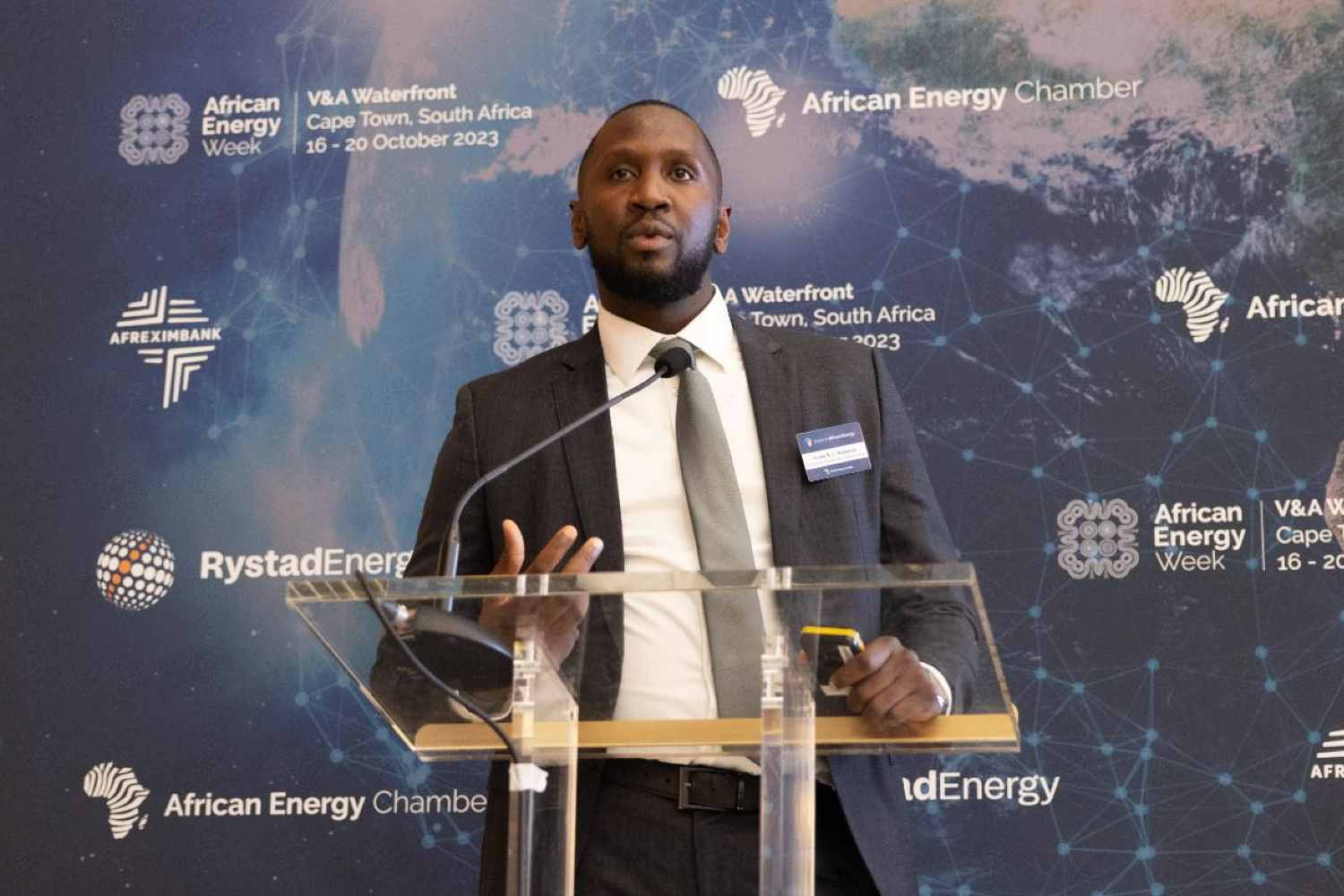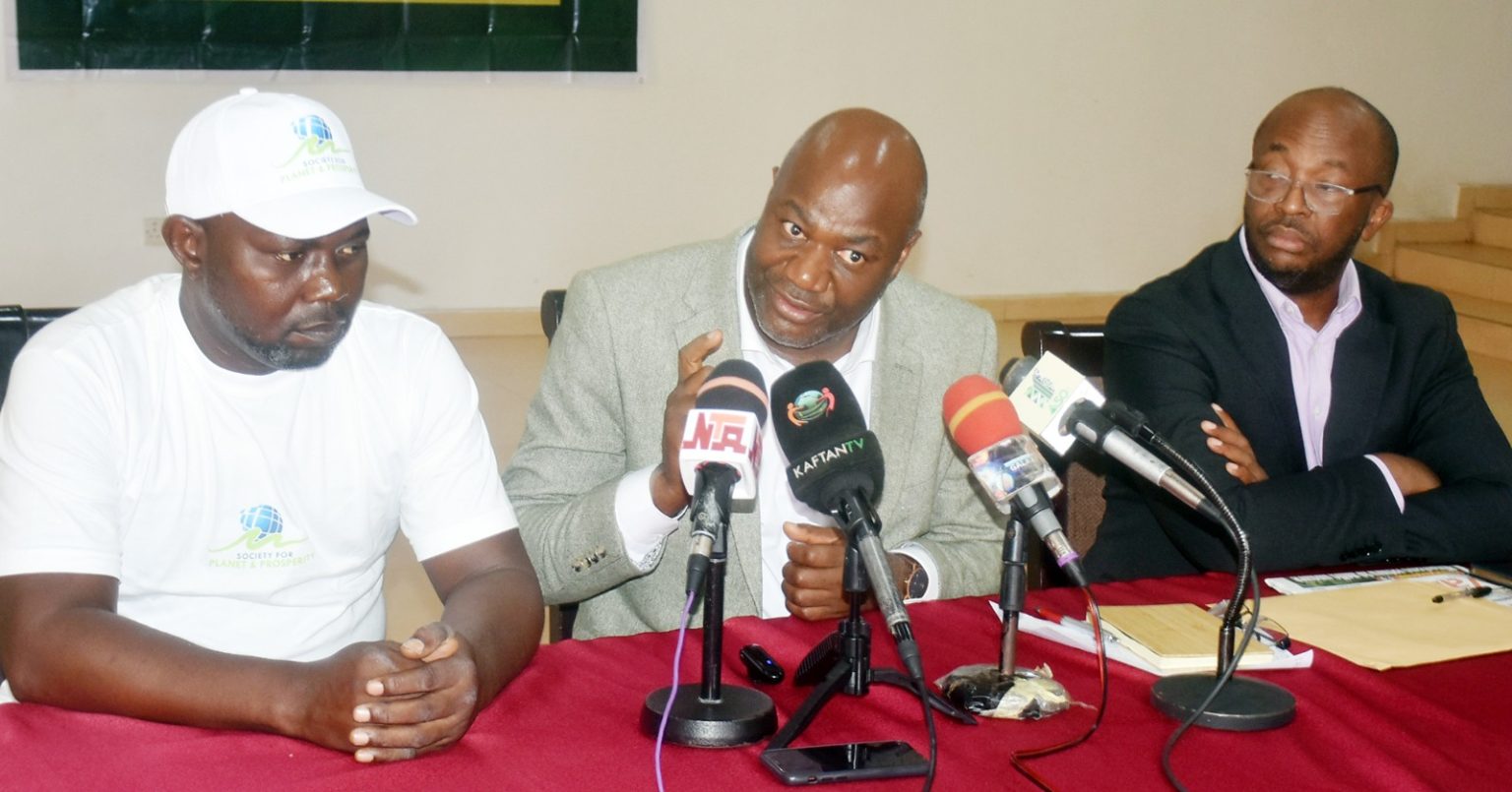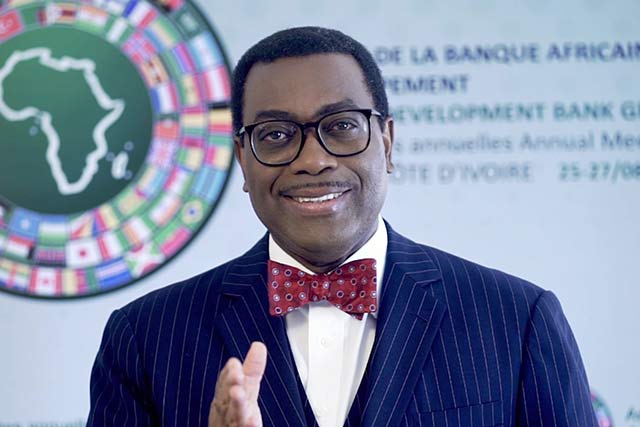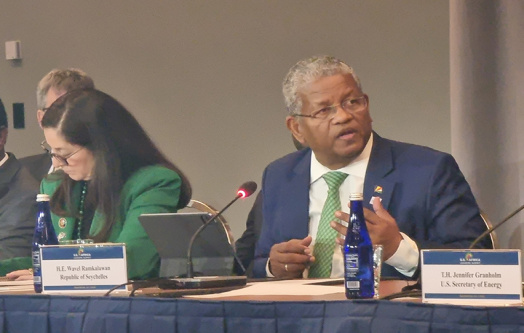Regenbiomass US, Offers “Aquifer Pumped Storage Hydropower” Game Changer Technological Solution
For Mitigating Battery Storage Challenges
Story: Mohammed Abu
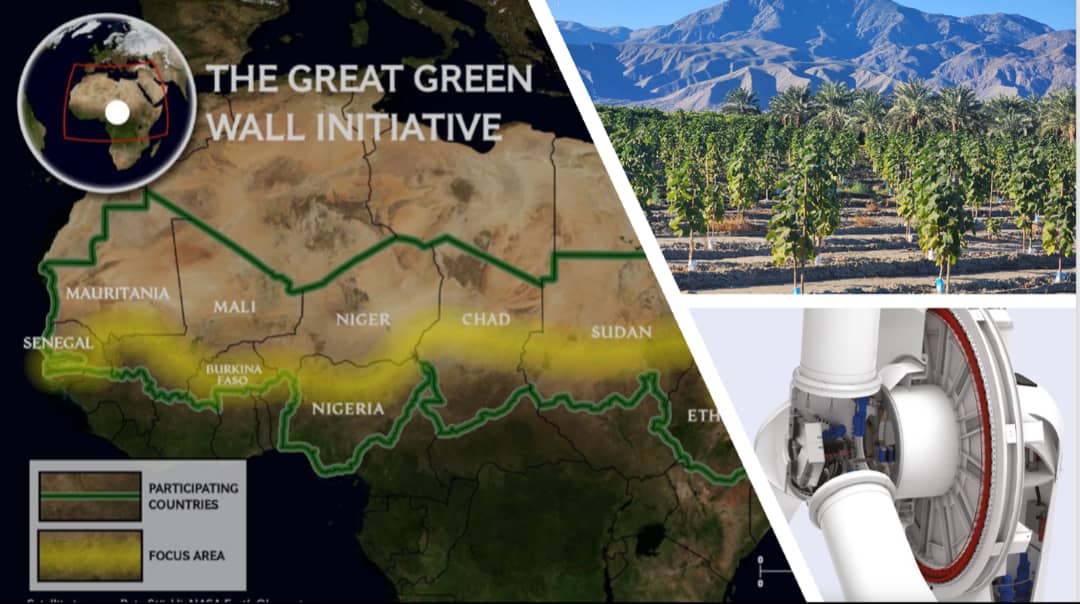
The South Africa based, Africa Energy Chambers has since taken serious exception to the call made by some environmentalists for an abrupt halt to fossil fuel exploration and a switch over to renewable energy production and utilization in Africa.
The Chamber has made unequivocal statements relating to Africa’s determination to chart an independent self-paced energy transition course as it’s fair to her development needs and would therefore continue exploring the continent’s rich oil and gas resources with particular reference to LNG alongside investments in renewable energy projects.
Energy poverty/transition justice issues and lack of easy access to renewable energy projects financing at affordable cost, are some of the major challenges to transition from fossil fuels derived energy to renewable sources in Africa. The storage of renewable energy storage lapse, could constitute, yet another add-on as the fossil versus renewable energy debates and discourse continues.
It is therefore against this background that, the importance of the Aquifer Pumped Storage Hydropower as a novel solution for providing clean and consistent electricity for overcoming the shortcoming of intermittent renewable energy offered by Regenbiomass, could be best appreciated.
How it Works
Pumped storage hydroelectricity is an effective means of storing renewable energy. When the wind blows and the sun shines, water is pumped from a lower elevation reservoir into a higher elevation reservoir and when there is no sun or wind, the water is released for driving a turbine producing electric power.
Energy is stored in the form of gravitation potential from the weight of the water pumped to an above ground reservoir and when there is no sun or wind, the water is released back into the aquifer reversing the operation of the motor pump to generate electricity as a turbine generator.
With utility load balancing of renewable solar and wind energy development projected to skyrocket in the coming years, aquifer pumped storage presents a clean, sustainable, and scalable solution for the energy storage conundrum faced by the renewable energy industry.
It’s Benefits Over Battery Storage Technology
The technology has many benefits over battery storage which is typically limited to about 2-4 hours for backup power with limited lifetime due to number of charging cycles which are exceeded in about 3 years. Moreover, lithium batteries are subject to material and mineral shortages and disposal problems.
Pumping water from an underground aquifer for hydro storage in an above ground reservoir, is a novel application for producing a reliable source of sustainable and clean electricity for rural “mini-grids” and water for agriculture irrigation. Regen Biomass has patents pending on its novel methods and technology for pumped storage of hydroelectricity from underground aquifers as an effective means for storing intermittent renewable energy.
The US Context
Driving innovation for development and scaling Aquifer Pumped Storage Hydropower is the $369 billion Inflation Reduction Act (IRA) which contains incentives for boosting investments to accelerate renewable energy storage projects in the United States.
On January 2023, an investment tax credit (ITC) of 30% for energy storage facilities became effective and an additional 20% ITC is eligible if deployed in low-income underserved areas.
A 50% tax credit will mitigate investment risk to unleash private sector capital for developing and deploying bold and innovative storage technologies for utility load balancing of wind and PV technologies that are projected to exceed an additional 22 gigawatts (GW) by 2025 in California and Texas alone.
Fortunately, both states are sitting on top of massive aquifers that could provide a more sustainable and economical solution for energy storage than batteries. Furthermore, these technologies can be transferred to Africa which also possesses massive underground aquifers.
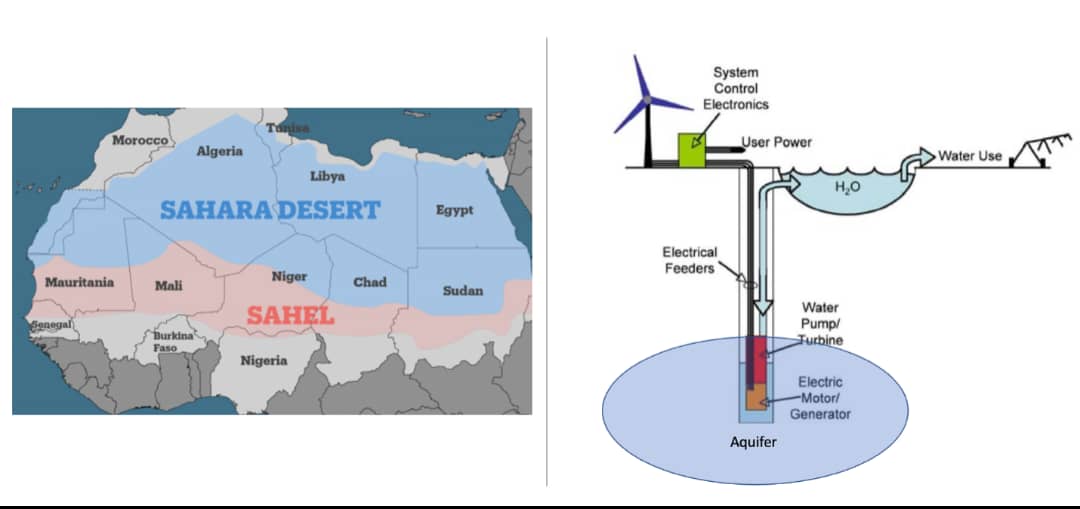
Africa
The Sahel region of Africa spans eleven countries in the Sahara Desert and as of 2021, the estimated population of these countries was around 482 million and the United Nations expects the population to reach 898 million by 2050. This enormous population growth poses challenges for the region, including increased pressure on limited natural resources, such as water and arable land.
Fortunately, the Sahel region also possesses some of the world’s largest aquifers that could provide a solution for the challenges and ample opportunities supporting economic growth. The Nubian Sandstone Aquifer System is one of the largest aquifers in the world spanning across Chad, Egypt, Libya, and Sudan.
A recent groundbreaking discovery of the aquifer beneath Niger identified approximately 50 billion cubic meters of available groundwater with an estimated annual recharge of 2 billion cubic meters. This qualifies Niger as the most groundwater rich country in the Sahel region which is ironic because it is also one of the most impoverished nations on the planet.
Like the rest of Africa, where one-half of the continent’s 1.2 billion population are deprived of electricity, Sahel countries also lack access to electricity. As of 2021, the total installed electricity capacity in the 11 Sahel countries was a mere 23 GW; thus, 52.4% of the current population are impoverished from future prosperity that electric power provides.
However, if the abundant intermittent renewable energy resources could be harnessed, and the region’s massive underground aquifers could be tapped into for storage, it would be possible to provide clean, reliable, and consistent electricity with the bonus of irrigation water for agriculture.
Paulownia Trees on Marginal Land Pilot Project in US
During 2022, Regen Biomass developed a pilot project for growing 800 paulownia trees on marginal land in the desert of Southern California, which was funded by a United States Department of Agriculture (USDA) grant.
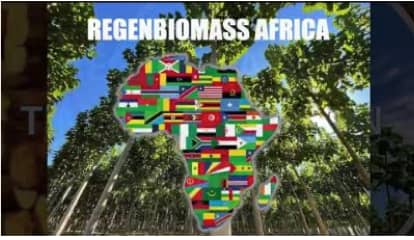
The plantlets were imported from Germany to California with a permit from the USDA as they were a 4th generation hybrid and sterile eliminating the “invasive species” issue. This species of paulownia tree was bred over a decade for desirable traits more tolerant to desert heat, drought conditions, and producing higher quality lumber.
Paulownias are the fastest growing trees on the planet reaching 20 feet in the first year and can be harvested for timber in the fifth year. Furthermore, paulownia trees are regenerative so that when the trees are coppiced for harvesting, they will continue growing back for harvesting timber every five years. Moreover, because paulownia trees grow so fast, they sequester massive amounts of carbon dioxide estimated at 5 to 10 times that of other trees depending on the species.
Paulownia trees also have deep roots that can help to improve soil structure and increase soil fertility. They also can fix nitrogen, which can help to reduce the need for synthetic fertilizers. The large leaves provide shade during hot summer months and, as a deciduous tree, shed their leaves for allowing full sunlight during the winter. Avocado trees, on the other hand, have a shallow root system and require a more fertile soil to grow well.
Paulownia Trees Intercropping With Avocado Benefits
By intercropping avocado trees with paulownia trees, farmers can benefit from the nutrient-rich soil created by the paulownia trees, while also maximizing the use of the land by growing two crops simultaneously. Intercropping avocado and paulownia trees also provide important environmental benefits. The trees can help to reduce soil erosion, improve water retention, and mitigate climate change by sequestering carbon dioxide.
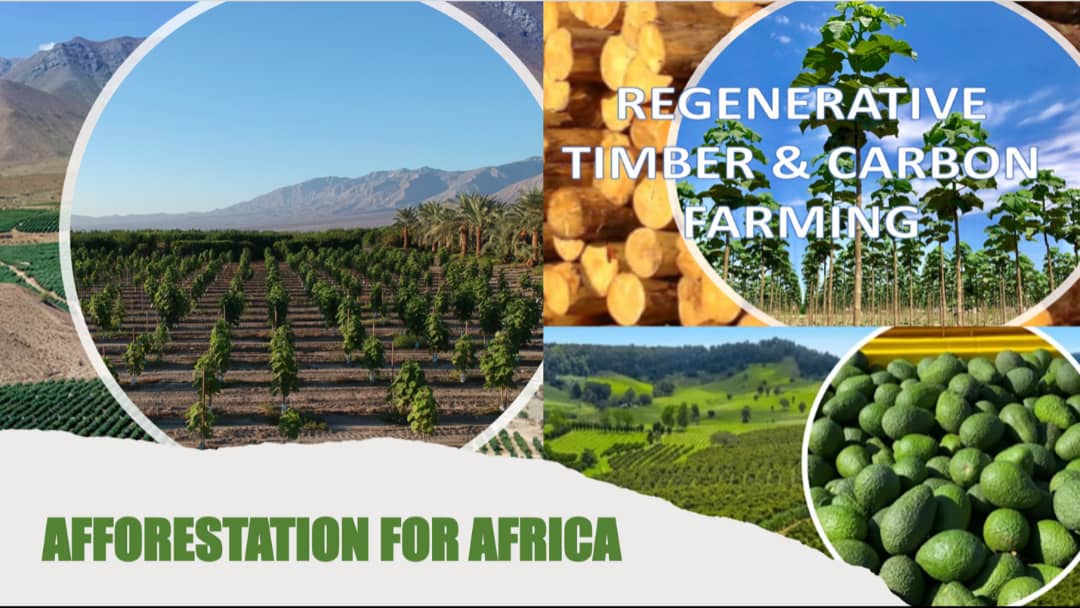
Regenbiomass is planning to develop a methodology for the intercropping of paulownia and avocado trees on marginal lands for the Voluntary Carbon Market (VCM). The VCM rose to $2 billion in 2022 and estimates suggest it could reach $50 billion by 2030, equivalent to a billion tons of CO2.
It is estimated that paulownia and avocado trees can sequester about 50 tons of carbon per acre per year and that does not include the carbon sequestered from the soil with the tree’s root structure. This can contribute to the Net Zero goals and promoting sustainable land management practices while reducing the impact of climate change.
The Green Wall Initiative in Africa
The Great Green Wall Initiative proposes an 8,000-kilometer wall of trees across the entire width of Africa. Led by the African Union, this initiative was conceived to combat desertification and hold back expansion of the Sahara by planting a wall of trees stretching across the entire Sahel.
Aquifer Pumped Storage Hydropower could provide reliable electric power and water for the Sahel region by pumping groundwater from the massive aquafers to irrigate the intercropping of paulownia and avocado trees for building the Great Green Wall while also providing valuable lumber and nutritious fruit and giving local communities access to water resources for drinking, agriculture, and livestock.


